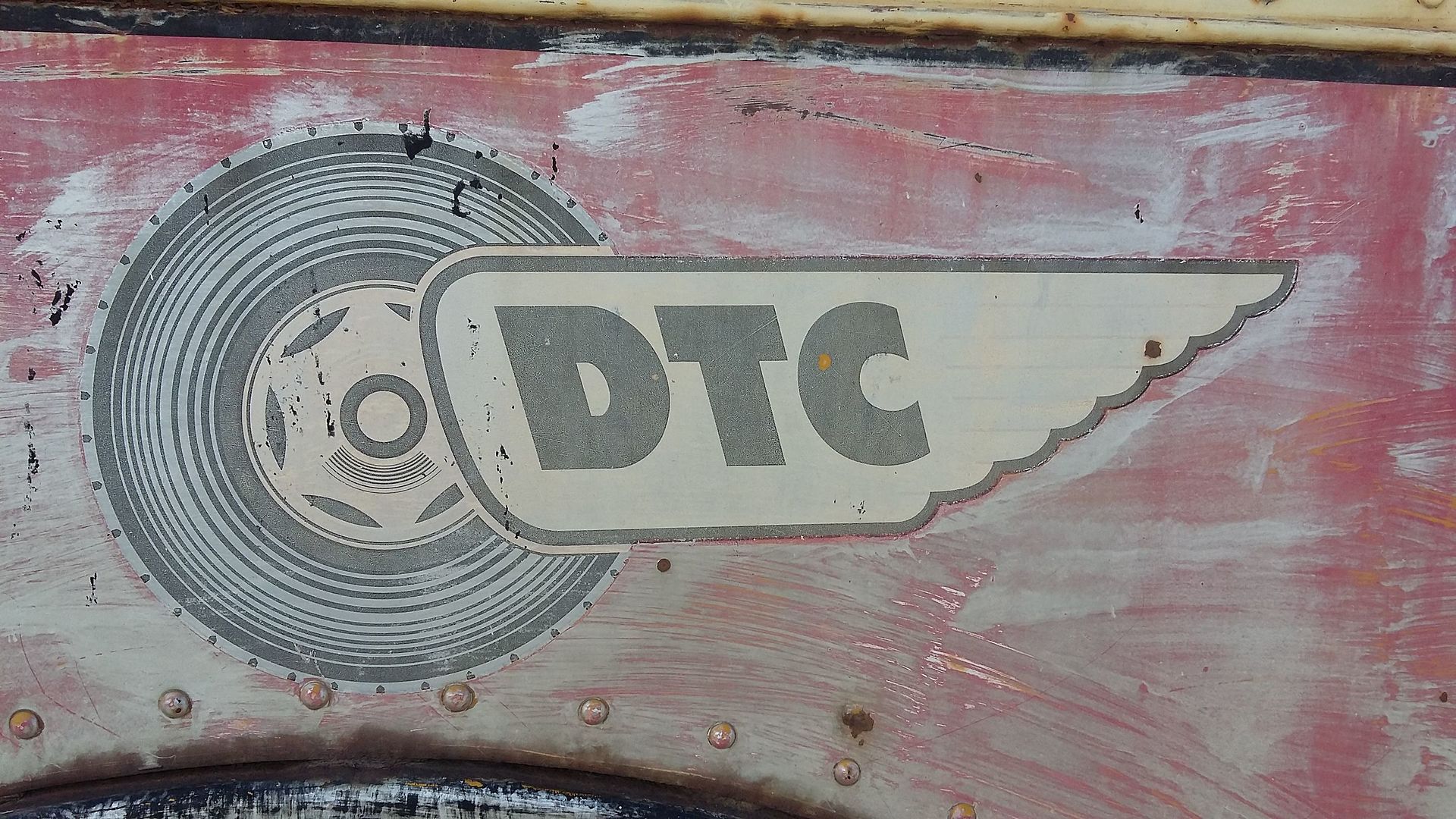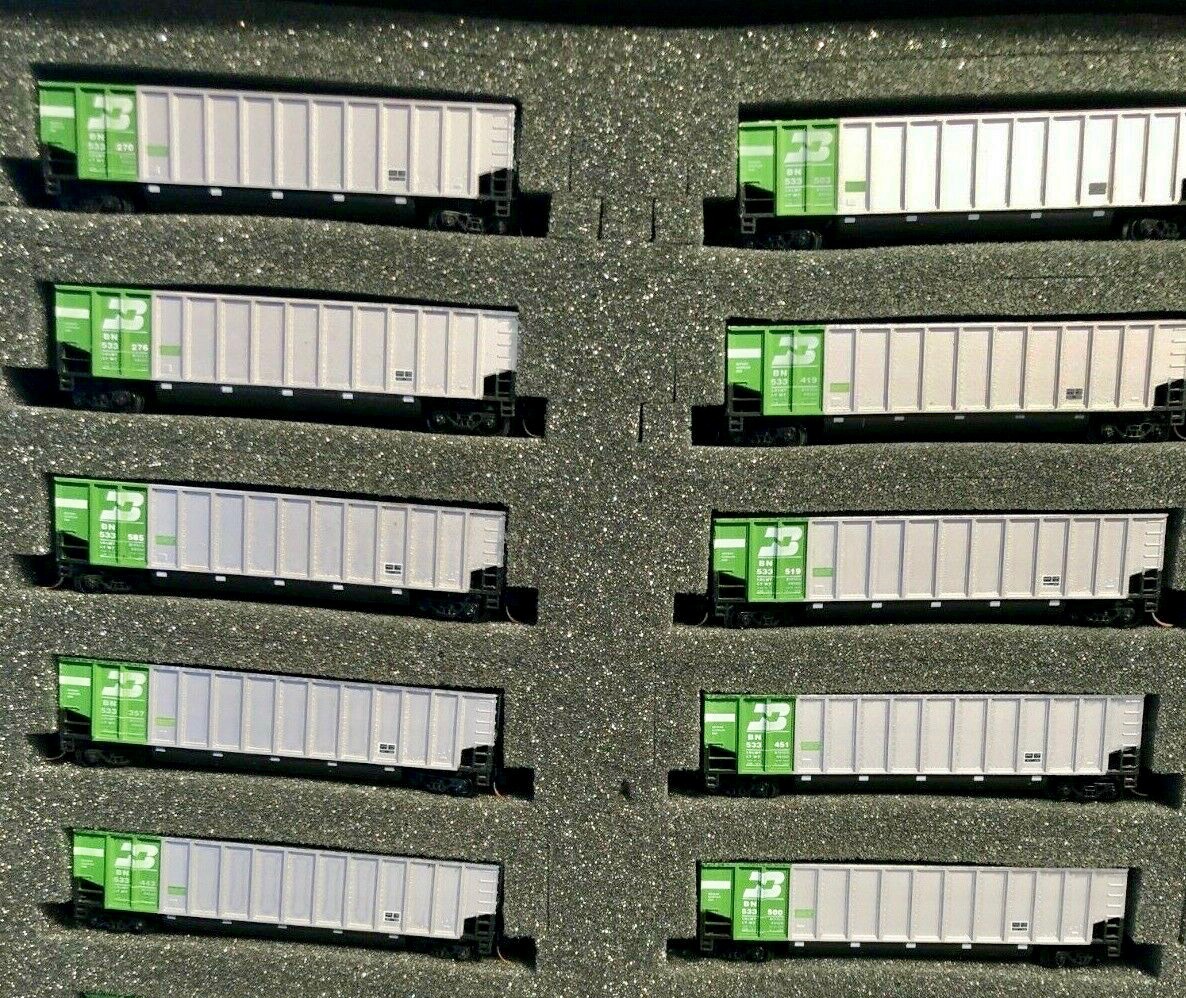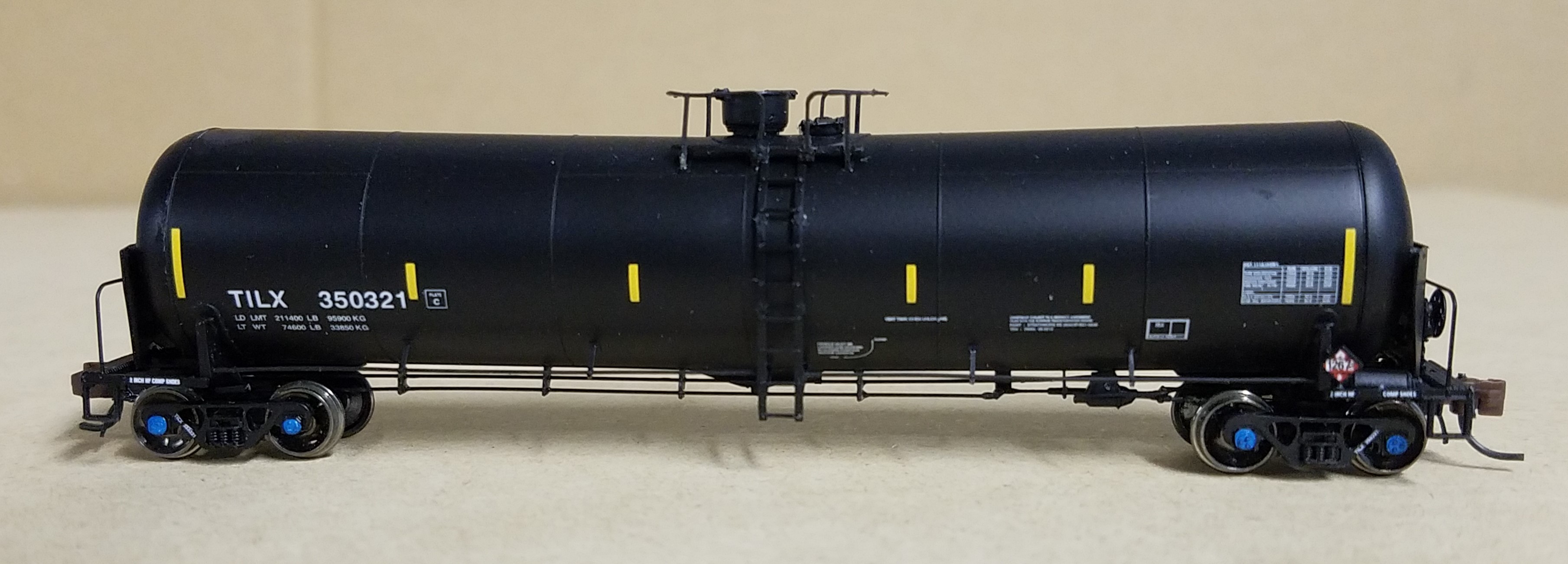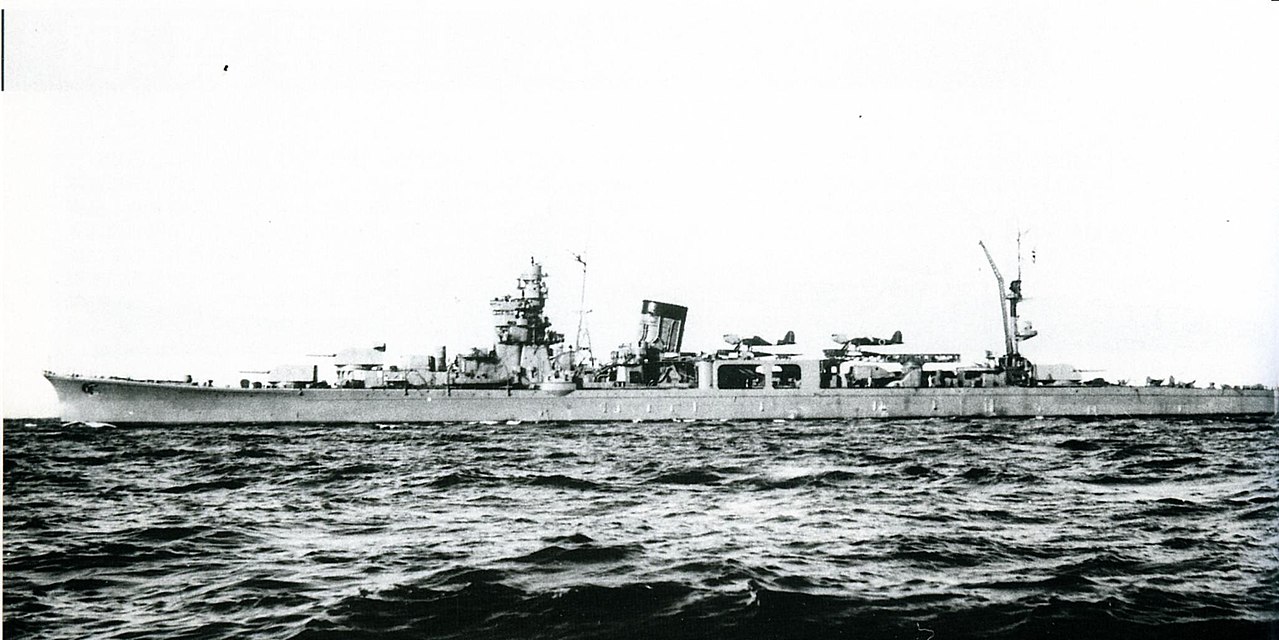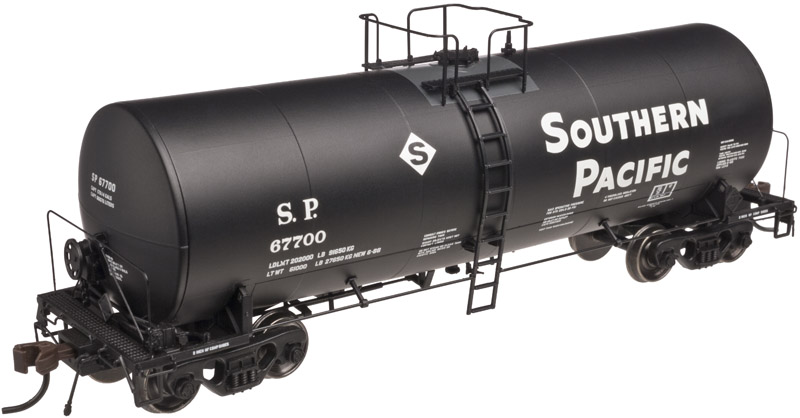Company History: DT was established in 1886 during the reorganization and consolidation of the the Denver Electric & Cable Railway and the Denver Railway Association providing streetcar service in Denver, Colorado. The new company experimented with DC powered cars with pickup from an underground conduit but this proved unreliable. They switched to horse power to continue operations but this ran afoul of the Denver City Railway which had been given a 50 year exclusive right to operate horsecars in Denver back in 1867. Following a lawsuit, DT switched to cable cars. The DCRwy also switched to cable power not long after.
In 1888 it became clear that electric power from trolley wire was the way to go and DT set about replacing their still-new cable system with trolley. By 1893, the changeover was complete. The financial panic that same year sent their big competitor into receivership and they were merged into DT under the name Denver City Tramway (the “City” was later dropped.) The combined system had 156 miles of 42” gauge trolley line in Denver and the suburbs.
The company’s 1906 franchise renewal with the city locked in their 5 cent fares and mandates to share the cost of street maintenance with the city. Inflation got the best of them, causing the Tramway to cut salaries and layoff employees. This led to a strike in 1920. Violence broke out resulting in seven dead, 52 injured, and the company in bankruptcy. The court overruled the city and finally allowed fare increases but ridership was already plummeting. Buses began to replace streetcars in 1924. By 1949, DT had 131 streetcars, 138 trolley-buses and 116 internal-combustion buses. By the end of 1950, streetcar operations had ended.
Text Courtesy of Bluford Shops
In 1888 it became clear that electric power from trolley wire was the way to go and DT set about replacing their still-new cable system with trolley. By 1893, the changeover was complete. The financial panic that same year sent their big competitor into receivership and they were merged into DT under the name Denver City Tramway (the “City” was later dropped.) The combined system had 156 miles of 42” gauge trolley line in Denver and the suburbs.
The company’s 1906 franchise renewal with the city locked in their 5 cent fares and mandates to share the cost of street maintenance with the city. Inflation got the best of them, causing the Tramway to cut salaries and layoff employees. This led to a strike in 1920. Violence broke out resulting in seven dead, 52 injured, and the company in bankruptcy. The court overruled the city and finally allowed fare increases but ridership was already plummeting. Buses began to replace streetcars in 1924. By 1949, DT had 131 streetcars, 138 trolley-buses and 116 internal-combustion buses. By the end of 1950, streetcar operations had ended.
Text Courtesy of Bluford Shops
Brief History: The U.S. is a country of 50 states covering a vast swath of North America, with Alaska in the northwest and Hawaii extending the nation’s presence into the Pacific Ocean. Major Atlantic Coast cities are New York, a global finance and culture center, and capital Washington, DC. Midwestern metropolis Chicago is known for influential architecture and on the west coast, Los Angeles' Hollywood is famed for filmmaking.
Item Links: We found: 1 different collections associated with Denver Tramway - Railroad
- Collection N Scale Model Trains: 4 different items.
Item created by: gdm on 2017-10-10 09:56:19. Last edited by Alain LM on 2020-07-22 14:13:16
If you see errors or missing data in this entry, please feel free to log in and edit it. Anyone with a Gmail account can log in instantly.
If you see errors or missing data in this entry, please feel free to log in and edit it. Anyone with a Gmail account can log in instantly.


